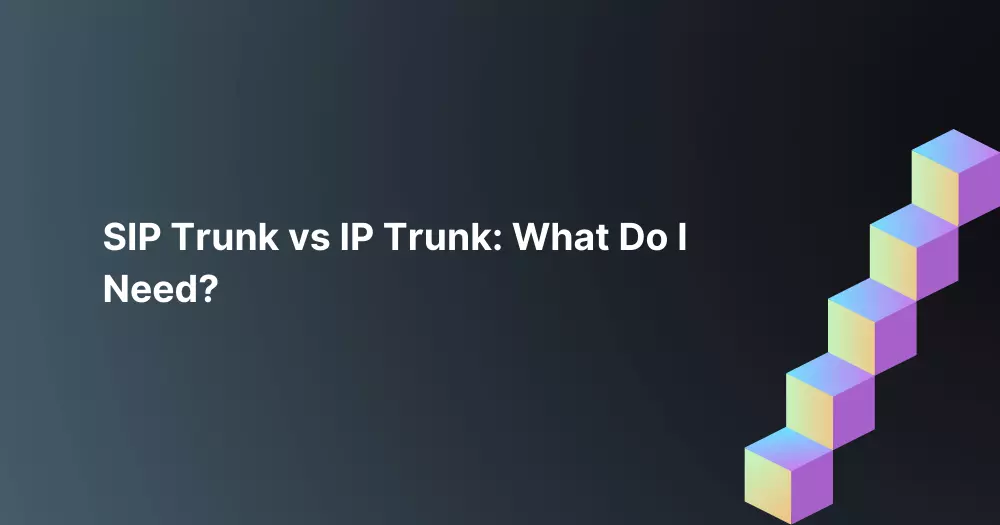
Disclaimer: This blog post digs a little deeper into the technology weeds than most. Stick with us, and we are sure you’ll find it helpful.
SIP trunking and IP trunking are not competing technologies. If your business is being asked to pick a telephony service based on either SIP or IP trunking, it is time to find another provider. That said, for businesses that want to migrate from a legacy phone system to a modern communications solution, it is easy to see how these terms enter the discussion. There is an incredible number of options available for business communications. The options range from completely online to the traditional PBX. The best solution for your business depends on the level of technical resources available within your company and the functionality you need for your communications.
Most users think of voice over internet protocol (VoIP) as offering the most features at the best price and requiring the least onsite support. This is also where “IP trunking” comes into the equation. IP trunking is when an organization is using VoIP for their communications and needs to connect all the phones into their IP network.
To add a little further clarity, a “trunk” referred to a bundle of lines that are shared by a group of users. You can think of it like a massive tree and the branches are the lines going to the individual office phones. You might hear IP trunking used interchangeably with VoIP for this reason. These services tend to go hand in hand.
SIP trunking is also a VoIP technology based on session initiation protocol (SIP). SIP is a type of communications protocol that enables multimedia communications. In this model, the business is buying raw connectivity. The SIP trunk would likely connect to an onsite IP PBX to deliver advanced voice services.
The decision on the type of communications service often comes down to the availability of onsite resources. A SIP trunk would provide the dial tone and the ability to deliver multimedia services, but your organization would still need to manage its communications. A VoIP service, over an IP trunk, would provide the complete service.
Here are a few things to consider when making decisions about phone service:
In IP trunking, voice transmissions are considered data, and they are communicated over data connections. This is in contrast to traditional plain old telephone service (POTS) lines that transmit voice through electrical-based signals. IP trunking is an alternative to a private branch exchange (PBX) system, rather than an alternative to SIP trunking.
The benefits of IP trunking include:
Potential drawbacks of IP trunking include:
SIP trunking is a standard approach for handling the transmission of multimedia communications. As an alternative to PBX phone systems, SIP trunking is a way to support VoIP telephony with services hosted either on-site and managed by the IT team, or in a cloud server with a monthly subscription.
The benefits of including SIP trunking in a communications service subscription include:
The potential drawbacks of SIP trunking include:
Organizations that want to drive cost savings and improvements in productivity and mobile connectivity should consider all the relevant options. While IP trunking and SIP trunking are not competing for technologies, they are each an important consideration for updating communications.
BlackPoint IT is a trusted provider of business technology to businesses across the Western United States. For over 40 years, our customers have relied on us to help them find the right technology to support their growth. When you are ready to take the next step, BlackPoint will be here.